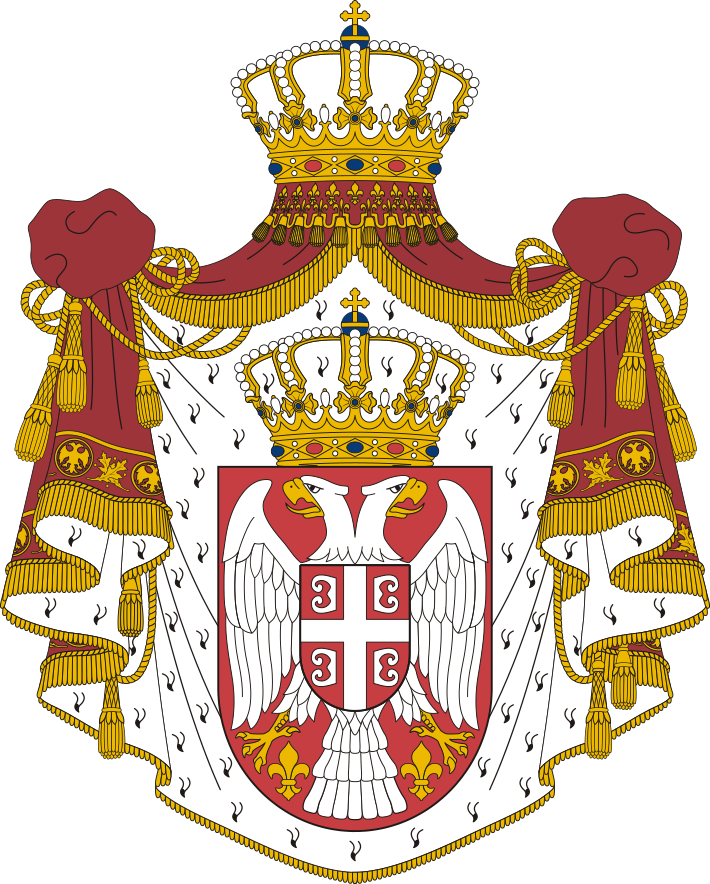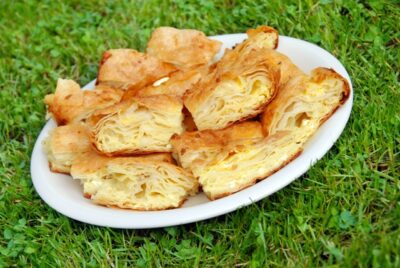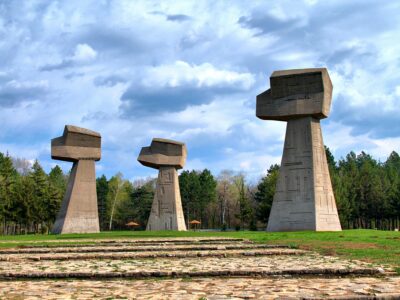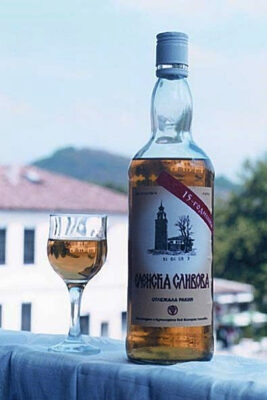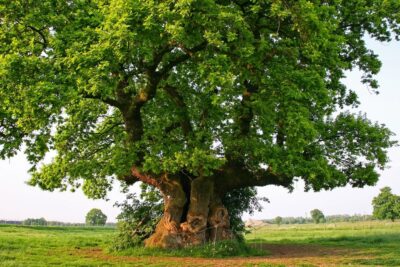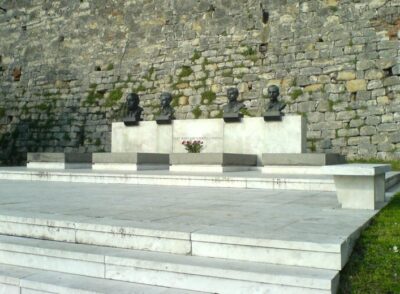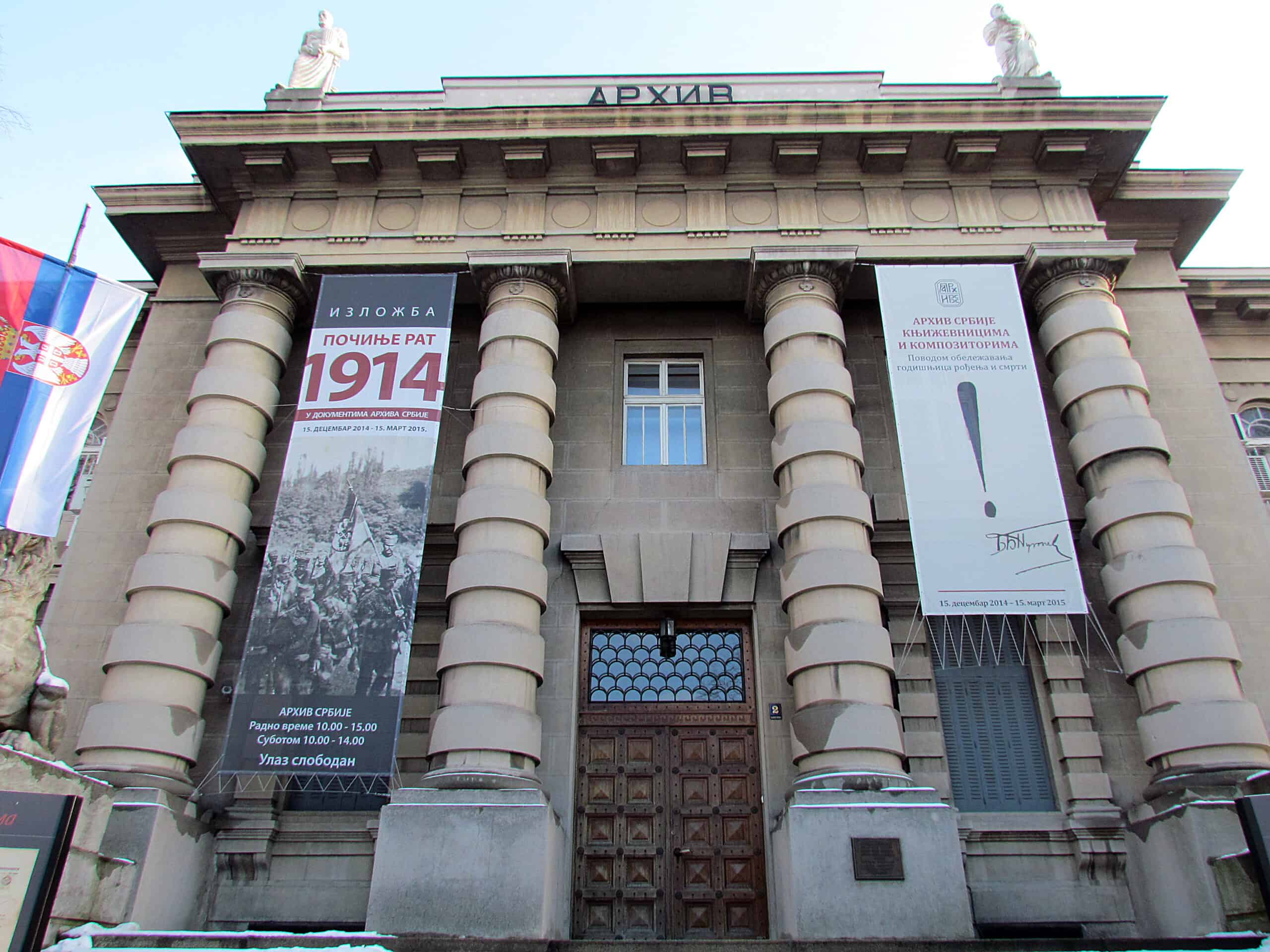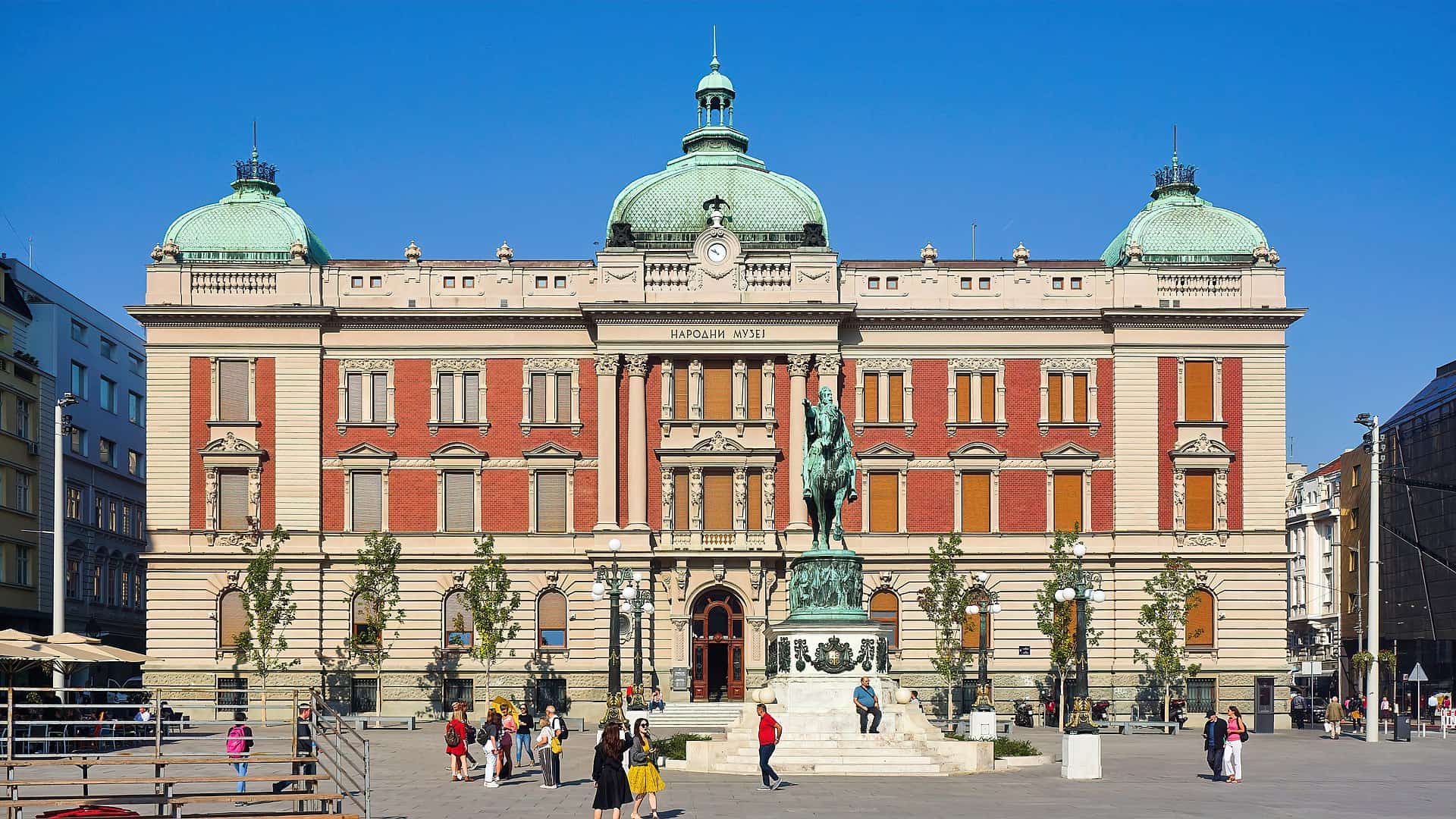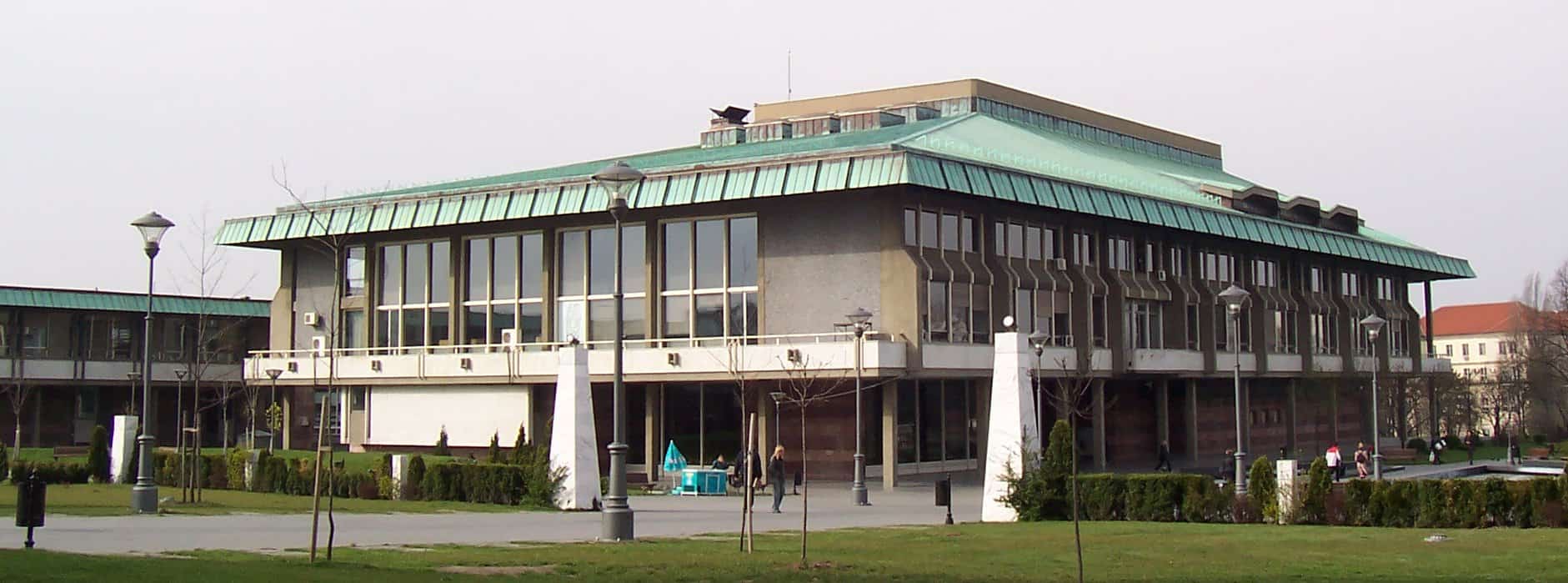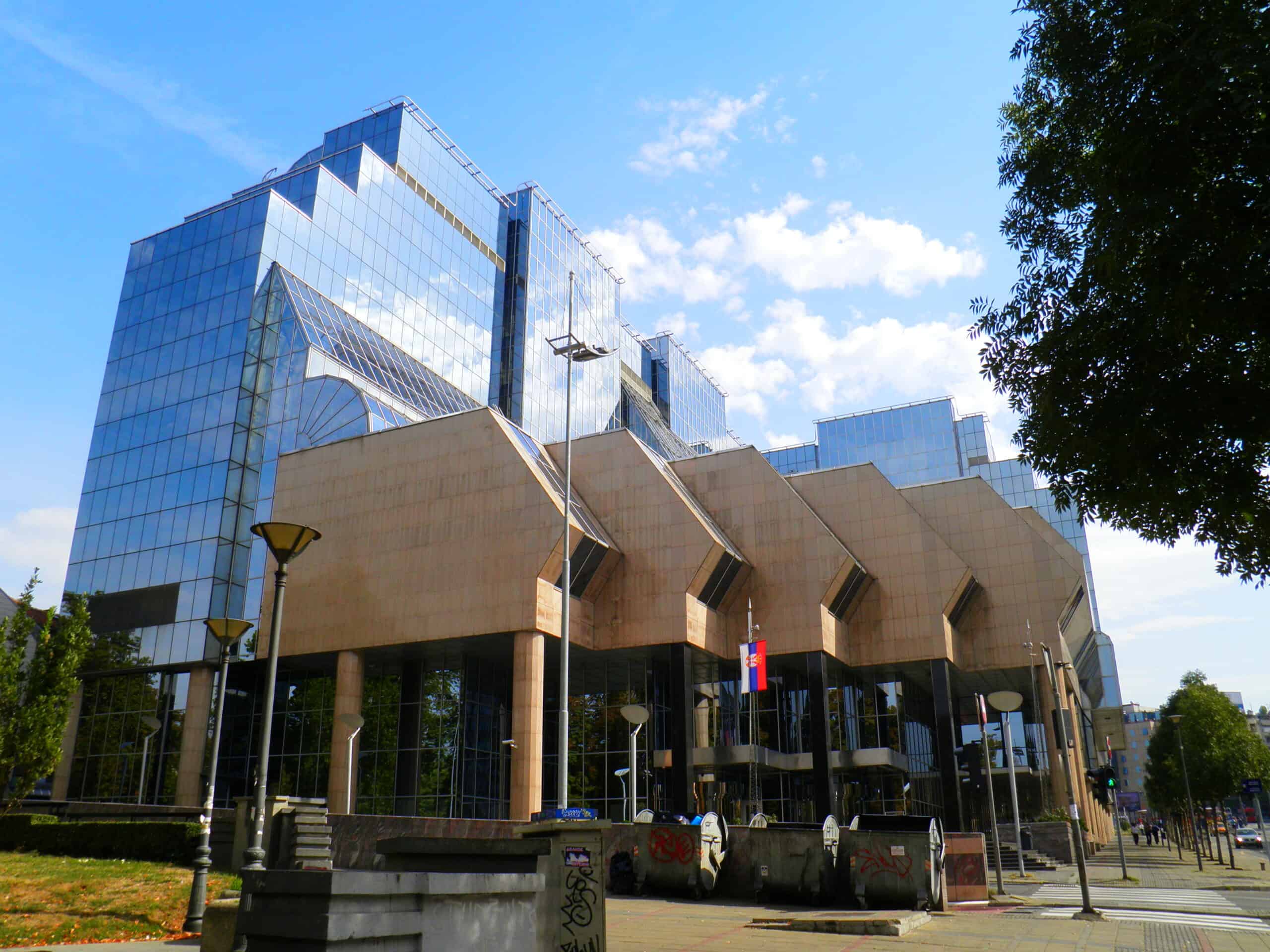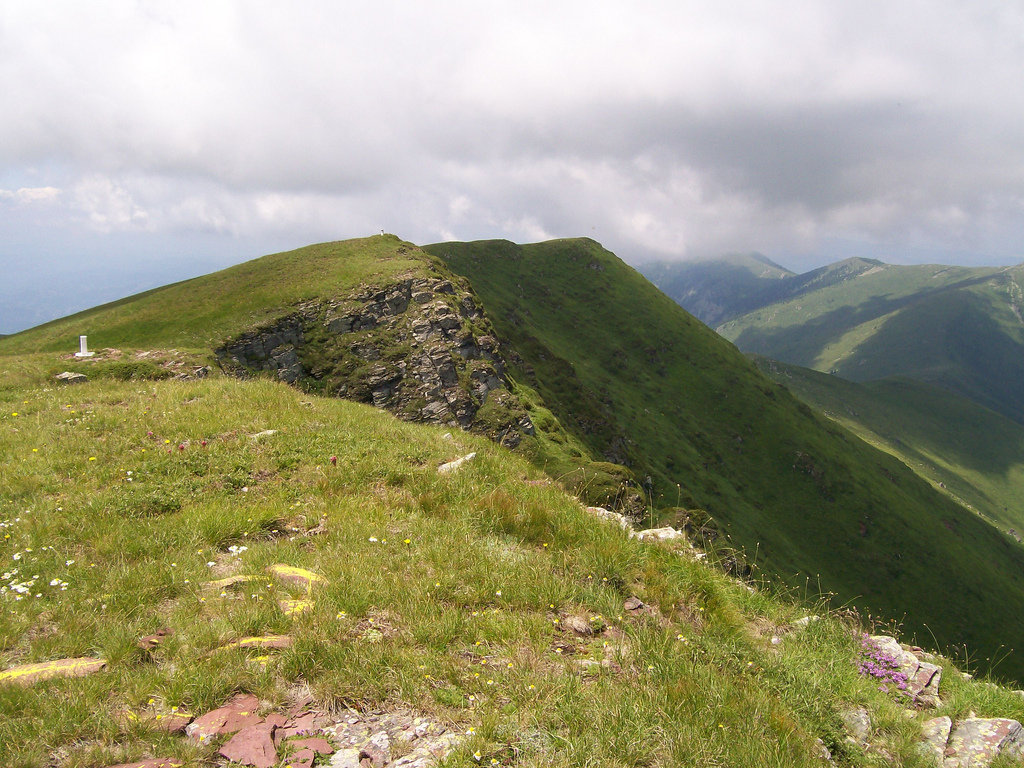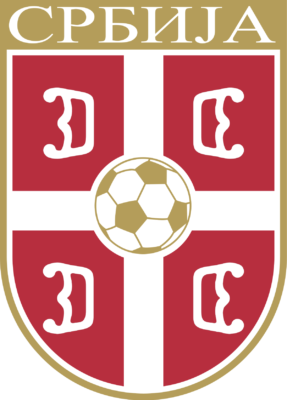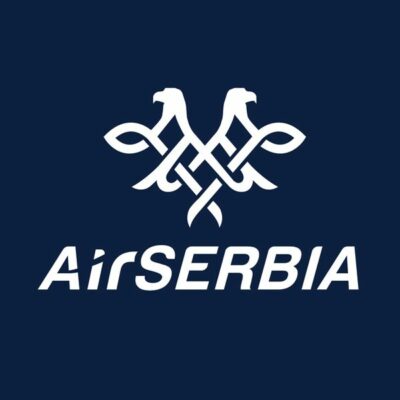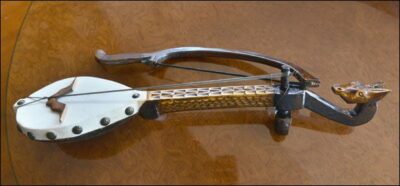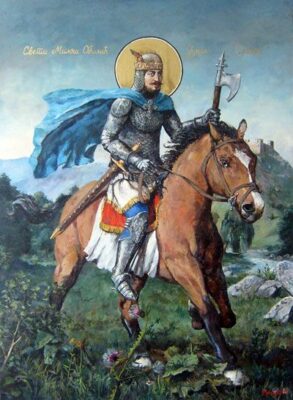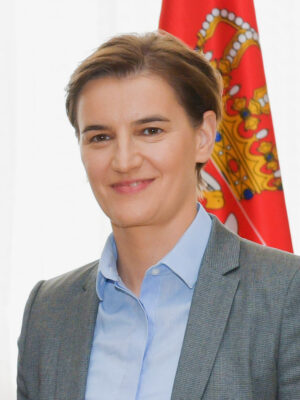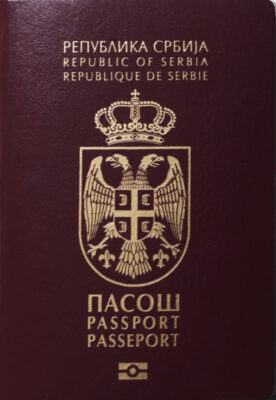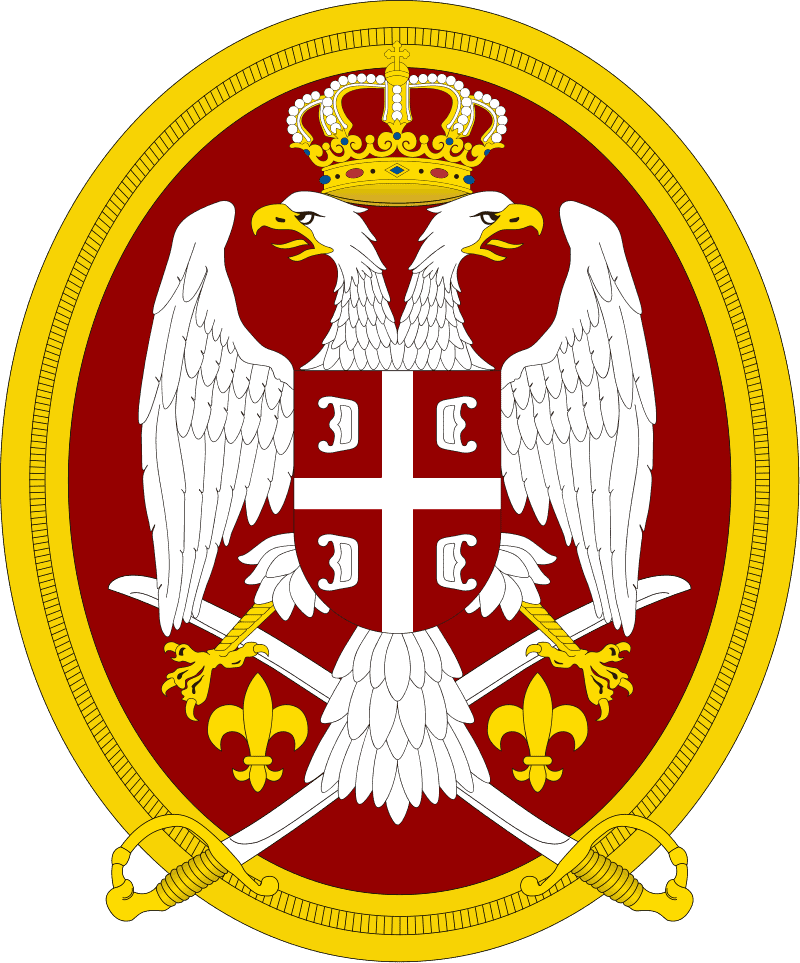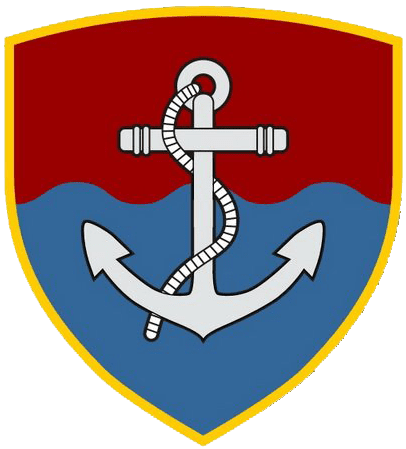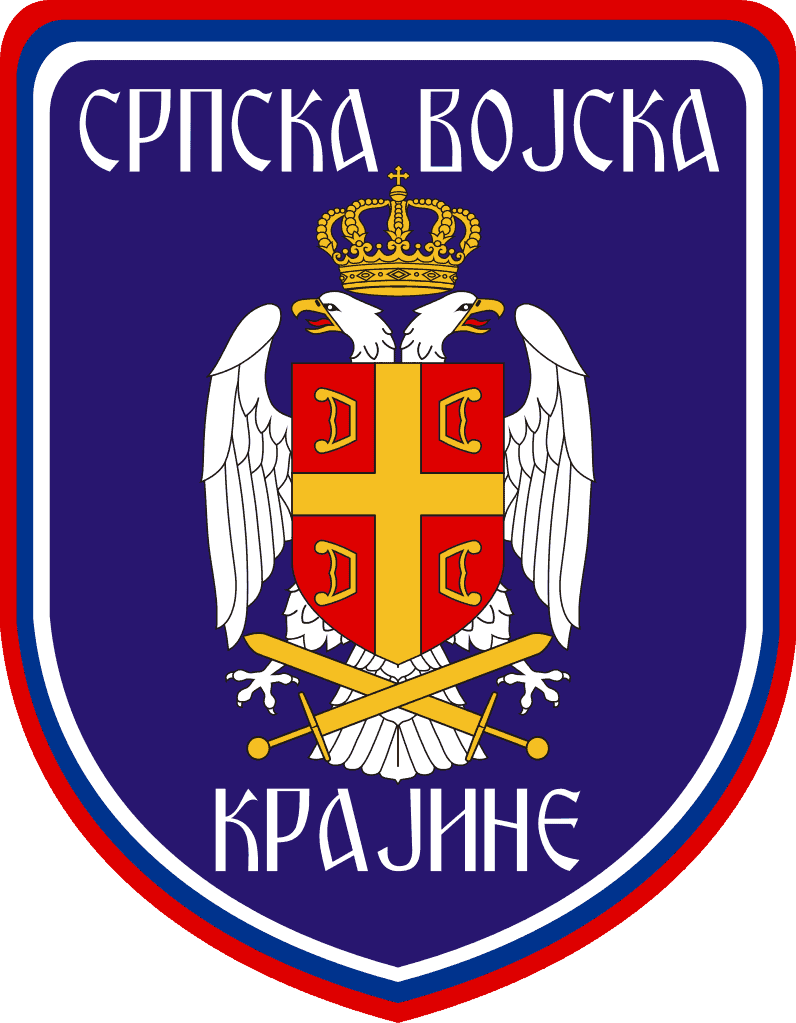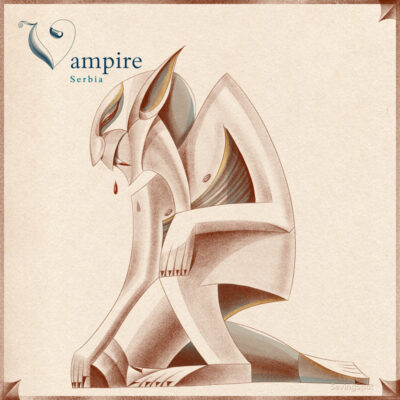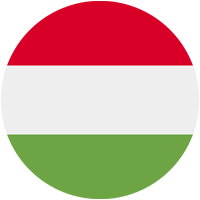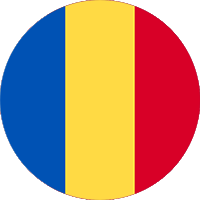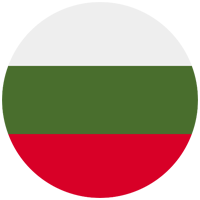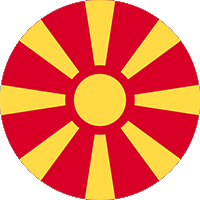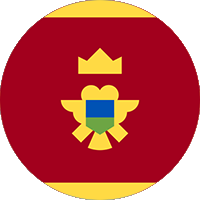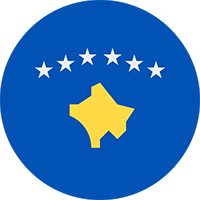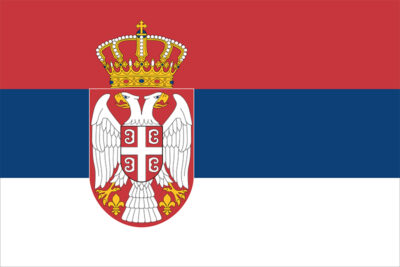National Symbols of Serbia
Last updated on May 14th, 2023 by Editorial Staff
Table Of Contents
Reviewed by Rittika
Serbia is a country located in the west-central Balkans, the core republic of Yugoslavia. The Serbian flag consists of three equal bands of national colors; red symbolizing the country’s bloodshed, blue for liberty, and white representing the mother’s milk. The flag also has the coat of arms, also the national symbols, the white double-headed eagle, and the Serbian cross. The capital is the cosmopolitan city of Belgrade, while its official language is Serbian. The ethnic diversity in the country includes Serbs, Hungarians, Romans, and Bosniaks. The majority of the population is Christian. Serbia uses “Serbian Dinar” as their official money. The country code is “+381,” and the official domain is “.rs.”
Serbia’s founder is considered “Karadorde,” who led the uprising against the Ottomans in the early 19th century and was the first ruler of the Karadjordjevic Dynasty. Serbians celebrate “Statehood Day,” the 15th of February when the uprising started as their national day. The national hero is Milos Obilic, a reputable Serbian Knight who fought against the Ottomans during the Ottoman invasion of Serbia and assassinated Sultan Murad in the Battle of Kosovo.
One of Serbia’s national symbols is “Bubanj Memorial Park,” which was built after World War II to remember the shooting and the execution of more than 10 000 Serbians. The national mausoleum is the “Tomb of People’s Heroes,” reserving the graves of the “Order of the People’s Hero,” people who served the country with extraordinary heroic deeds for Yugoslavia.
The country’s national animal is the wolf, while the national bird is the “golden eagle.” “The Lily of the Valley” is also seen as a national symbol and the national flower, while “the Oak” is the national tree. “Gibanica,” an egg and cheese pie made with filo dough, and “Pljeskavica,” a type of ground beef, are considered the national dish. And the national drink of Serbia is “Rakija,” a variety of the anis liquor raki, flavored with fruits.
Serbia’s national folkloric dance is called “Cacak,” which describes a family of 10-measure (20-step) dances typical to the Balkan area. The national dress consists of leather shoes called “Opanci,” a V-shaped cap called “Šajkača,” or a “Šubara,” which is a conical shape hat for cold weather. The national instrument is the “Serbian Gusle,” a basic string instrument. The most popular sport in the country is football, like most Balkans. Serbia also has an airline, “Air Serbia.”
– Further information regarding the symbols and knowledge of Serbia can be found in the table of contents –
Country information
Coat of arms
Flag map of Serbia
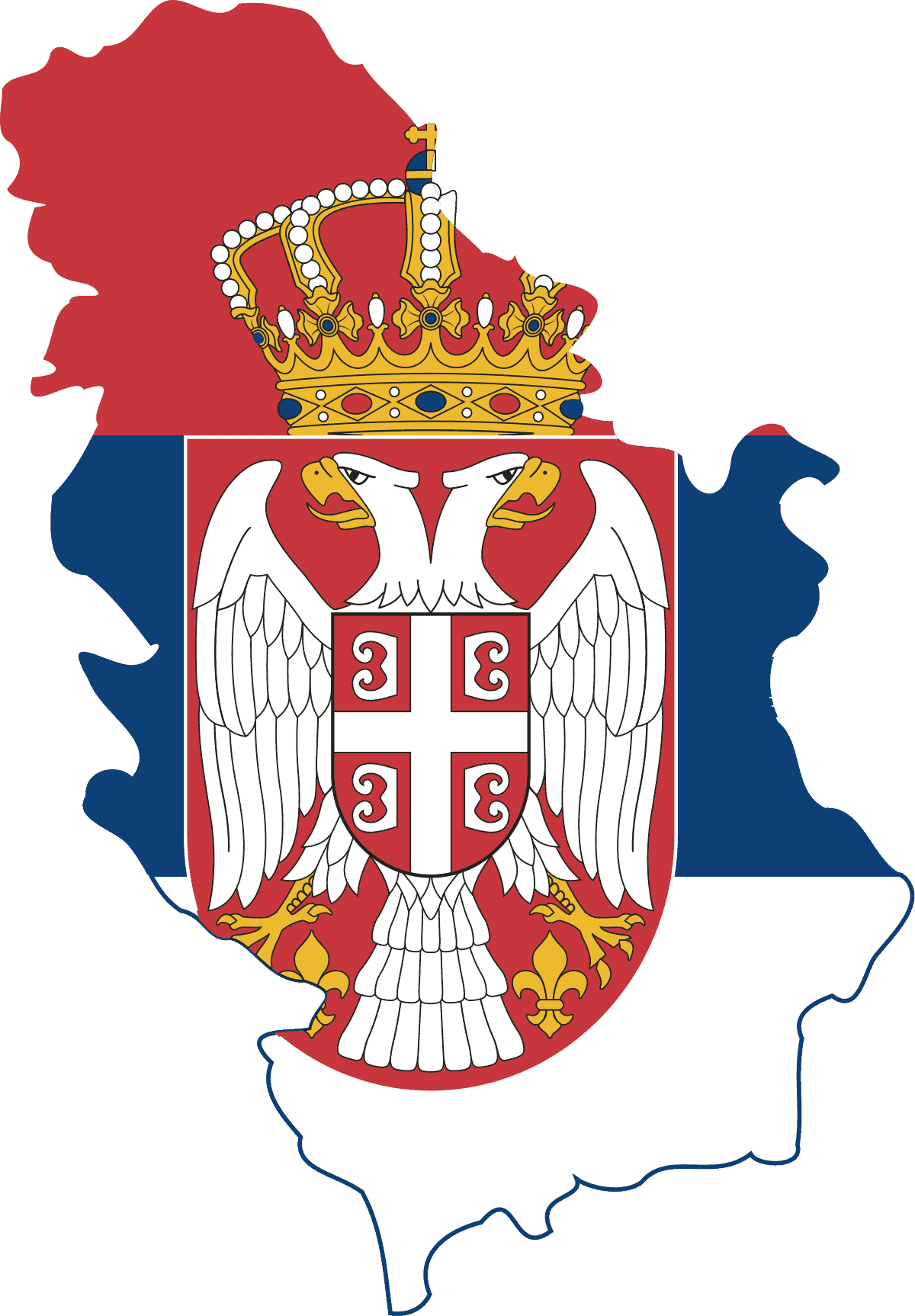
Motto of Serbia
National animal of Serbia
The National animal of Serbia is Gray Wolf
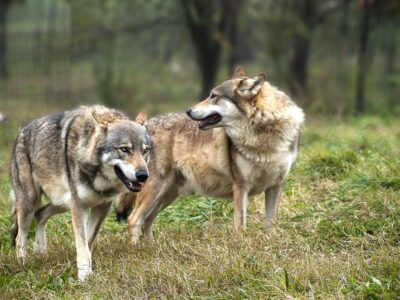
National flower of Serbia
The National flower of Serbia is Lily of the valley. Botanical name is Convallaria Majalis.
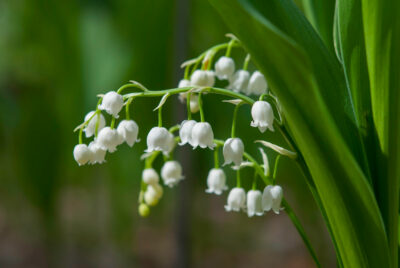
National bird of Serbia
The National bird of Serbia is Golden eagle
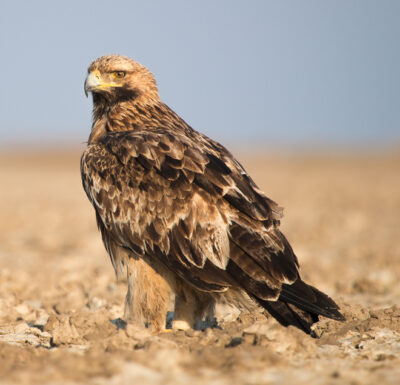
Rest of the National symbols of Serbia 👇
-
FounderDobrica Ćosić
-
National dishGibanica (an egg and cheese pie made with filo dough), pljeskavica (a ground beef)
-
National danceCacak
-
National dressOpanci, Sajkaca, and Subara
-
National monumentBubanj Memorial Park
-
National anthemView Anthem
-
National fruitNot Declared
-
National drinkRakija
-
National colorsRed, blue, and white
-
National sportsFootball
-
National treeOak
-
National poetPetar II Petrović-Njegoš, Vladislav Petković Dis, Oskar Davičo, Desanka Maksimović
-
National mausoleumTomb of People's Heroes
-
National archivesArchive of Serbia
-
National museumNational Museum of Serbia
-
National libraryNational Library of Serbia
-
Central BankNational Bank of Serbia
-
Highest peakMidžor
-
National football teamSRB
-
Tourism sloganMy Serbia
-
Emoji flag????????
-
National airlineAir Serbia
-
National instrumentSerbian Gusle
-
National heroMiloš Obilić
-
PresidentAleksandar Vučić
-
Prime MinisterAna Brnabić
-
Olympics CommitteeOlympic Committee of Serbia
-
PassportPassport of Serbia
-
ArmySerbian Army
-
NavySerbian River Flotilla
-
Air ForceSerbian Air Force and Air Defence
-
Mythical CreatureVampire
Neighbouring countries of Serbia
Serbian Proverbs - Popular quotes, proverbs and sayings.
He who drinks on credit, gets drunk twice. When your wine is finished, conversation ends; when your money has been spent, you lose your friends. A good reputation is better than a golden girdle. God does not pay every Saturday. Three times measure, one time cut. Who does not keep a cat keeps mice. God created the beard on himself first. The wound heals, the scar remains. When big bells ring, little ones are not heard. You can judge what you make by what others make. It is easy to tempt a frog to the river.
